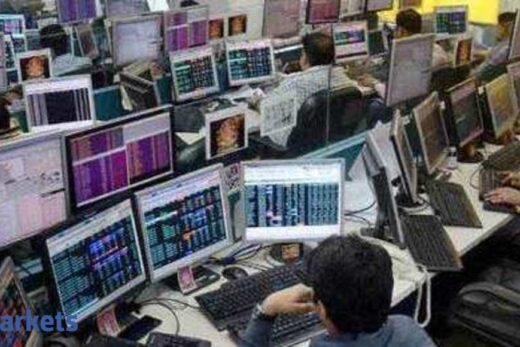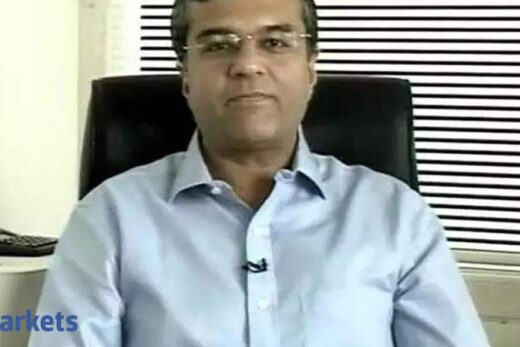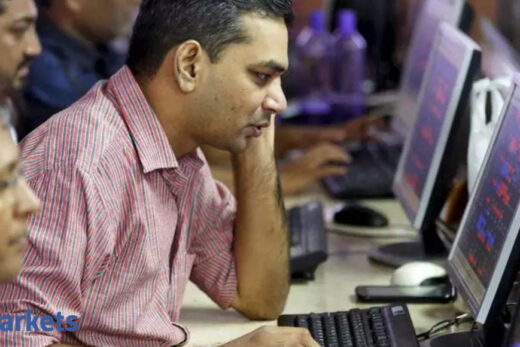“The PE ratio by itself tells you absolutely nothing about a stock, especially about its value. Rather than the PE ratio, we prefer to consider the free cash flow generation of a company to make a buy/sell decision. The PE ratio ignores two critical elements that have the most significant impact on the value of a stock: the reinvestment required to grow the business and the longevity of cash flows from the business,” Mukherjea told ETMarkets.com in an interview.
Giving an example of how the longevity of cash flows impacts value, he said if a business can generate free cash at a CAGR (compound annual growth rate) of 25 per cent for 25 years, its fair value PE could be as high as 250x. “Therefore, even at a 100x PE, such a stock will be undervalued. And such a stock will be ignored if you look at just its PE in isolation,” explains the founder of PMS firm Marcellus Investment Managers.
In his recently released book ‘Diamonds in the Dust’, published by Penguin Random House, he has illustrated that if someone had bought Nestle India stock each year for 10 years at its 52-week-high price from January 2011 till December 2020, that person would have earned a healthy compounded annual return of 18.6 per cent.
Critics, especially on social media, often make fun of his theory by calling him a buy at any price (BAAP) investor. Describing it as a confusion between value and price, the London School of Economics alumnus said buying at any price does not mean buying at any value. “And value is a function of a company’s ability to compound cash flows over a long period of time. Once you buy a company that compounds cash flows consistently, it does not matter whether you buy it 20 per cent higher or lower. Over the long-term, the stock price will compound at the rate of the underlying cash flows,” Mukherjea said.
According to him, the valuation of any stock is the present value of all expected future free cash flows. He said there are two factors that drive expected future free cash flows of a company – a) rate of growth of free cash flows, which is driven by the strength of the company’s competitive advantages (i.e. its pricing power); and b) sustainability of growth in free cash flows, which is driven by capital allocation discipline and softer factors like institutionalisation of the business. “As long as the current share price of a consistent compounder inadequately reflects the expected rate of growth and sustainability of free cash flows into the long term future, it will remain undervalued.”
So can a consistent compounder ever get into an expensive zone?
“If a consistent compounder becomes lethargic in its capital allocation decisions and fails to incrementally strengthen its competitive advantages, then it is likely that the share price will get into overbought territory and the price will be just too expensive to buy,” added Mukherjea.



